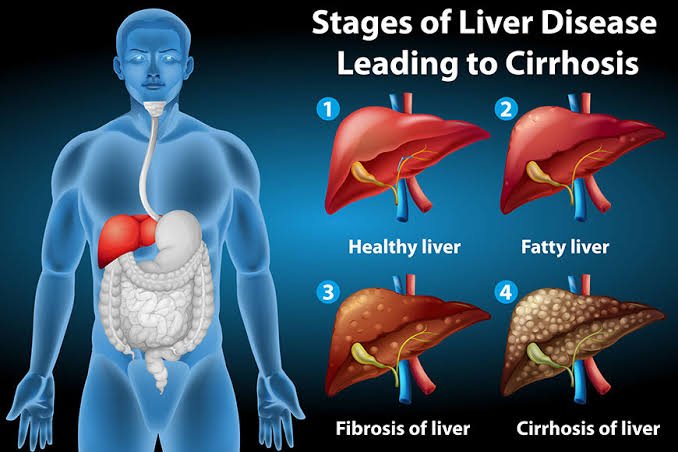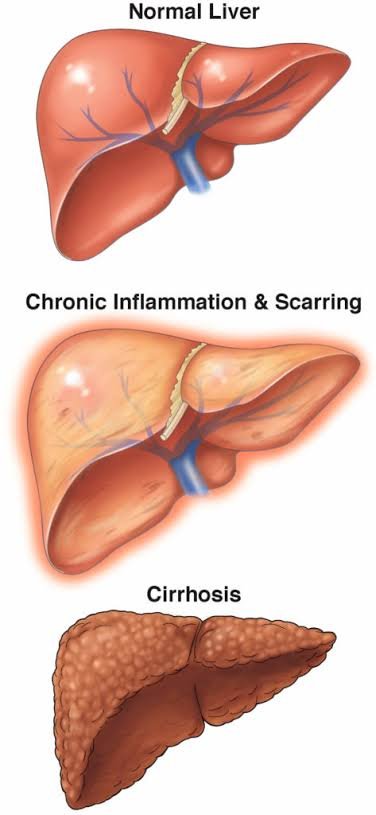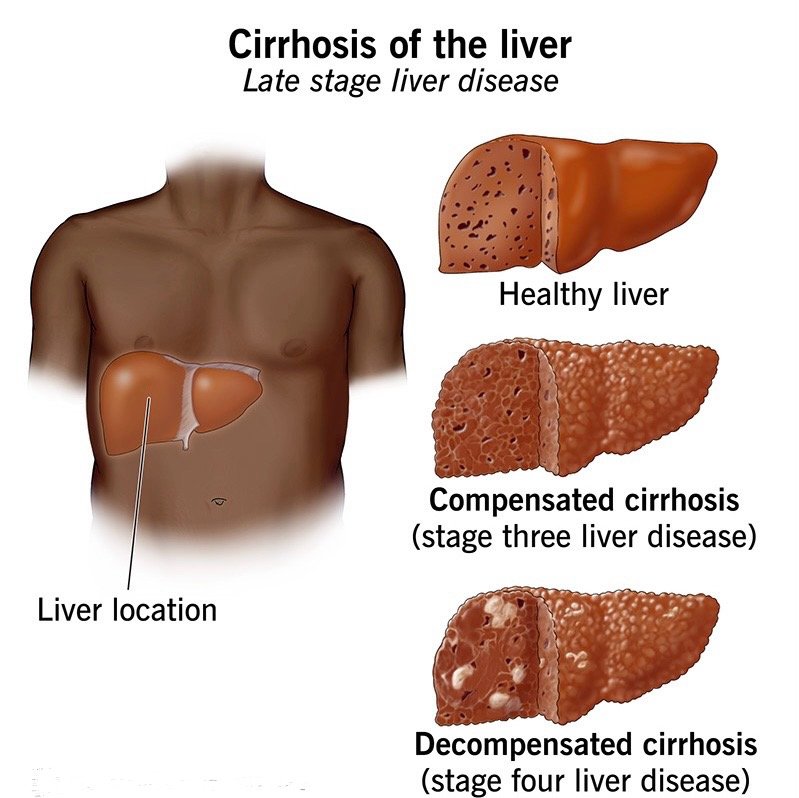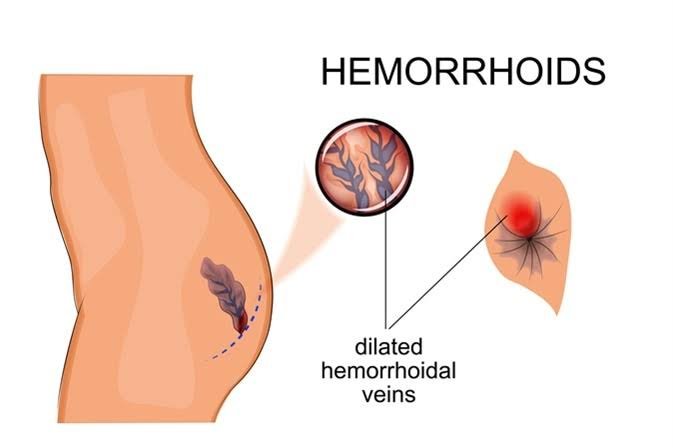 What is Cirrhosis?
What is Cirrhosis?
Cirrhosis is a chronic liver disease that occurs when healthy liver tissue is replaced by scar tissue. This scarring prevents the liver from functioning properly and can lead to serious complications. Cirrhosis is a progressive condition, meaning it worsens over time, and it can eventually result in liver failure.
Causes of Cirrhosis
There are several factors that can contribute to the development of cirrhosis:
- Chronic alcohol abuse: Long-term excessive alcohol consumption is a leading cause of cirrhosis.
- Hepatitis B and C: These viral infections can cause inflammation and damage to the liver, leading to cirrhosis.
- Fatty liver disease: Accumulation of fat in the liver, often associated with obesity and diabetes, can progress to cirrhosis.
- Autoimmune diseases: Conditions such as autoimmune hepatitis, primary biliary cholangitis, and primary sclerosing cholangitis can all lead to cirrhosis.
- Genetic disorders: Certain genetic conditions, such as Wilson’s disease and hemochromatosis, can cause the buildup of harmful substances in the liver, leading to cirrhosis.
Symptoms of Cirrhosis
The symptoms of cirrhosis can vary depending on the stage of the disease and the extent of liver damage. Some common signs and symptoms include:
- Fatigue and weakness
- Loss of appetite and weight loss
- Nausea and vomiting
- Jaundice (yellowing of the skin and eyes)
- Abdominal pain and swelling
- Itchy skin
- Easy bruising and bleeding
- Spider-like blood vessels on the skin
Treatment for Cirrhosis
While there is no cure for cirrhosis, treatment focuses on managing the symptoms and preventing further liver damage. The specific treatment plan will depend on the underlying cause of cirrhosis and the individual’s overall health. Some common treatment options include:
- Lifestyle changes: Quitting alcohol and adopting a healthy diet and exercise routine can help slow down the progression of cirrhosis.
- Medications: Depending on the cause of cirrhosis, medications may be prescribed to manage symptoms, reduce inflammation, or treat underlying infections.
- Variceal banding: If varices (enlarged veins in the esophagus or stomach) are present, a procedure called variceal banding may be performed to prevent bleeding.
- Liver transplant: In severe cases of cirrhosis, a liver transplant may be necessary to replace the damaged liver with a healthy one.
Preventing Cirrhosis
Prevention is key when it comes to cirrhosis. Here are some steps you can take to reduce your risk:
- Drink alcohol in moderation or avoid it altogether.
- Practice safe sex and get vaccinated against hepatitis B.
- Avoid sharing needles or other drug paraphernalia.
- Maintain a healthy weight through regular exercise and a balanced diet.
- Take precautions to prevent the transmission of hepatitis C.
Conclusion
Cirrhosis is a serious condition that can have significant consequences for your health. Understanding the causes, symptoms, and treatment options can help you take proactive steps to protect your liver and overall well-being. If you suspect you may have cirrhosis or are at risk, it is important to consult with a healthcare professional for an accurate diagnosis and appropriate management.




